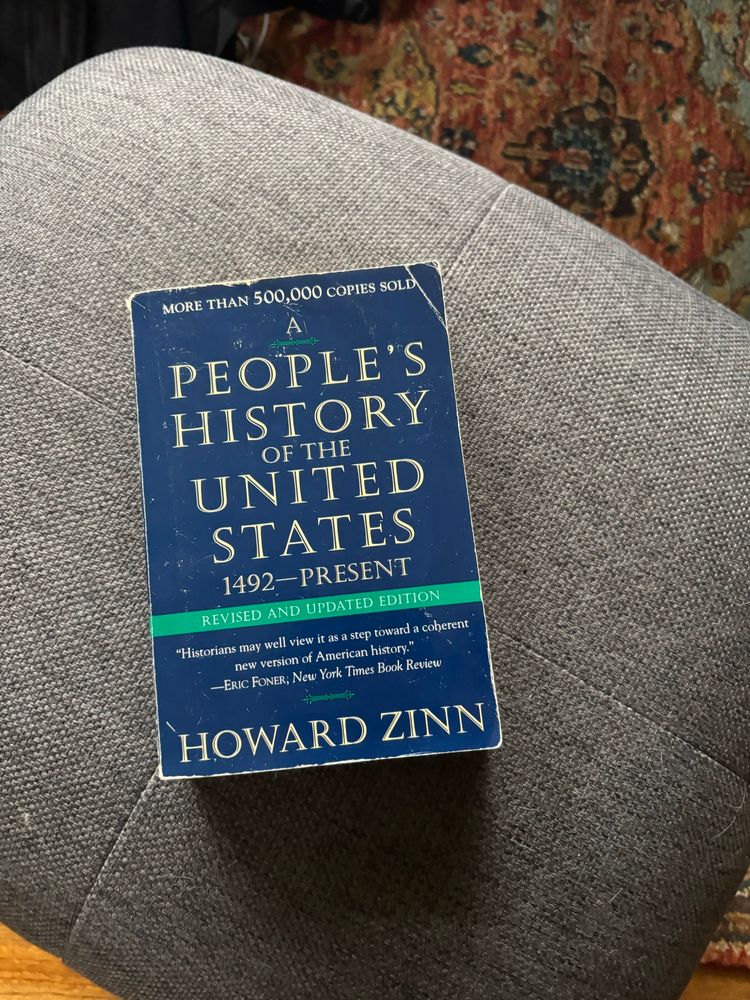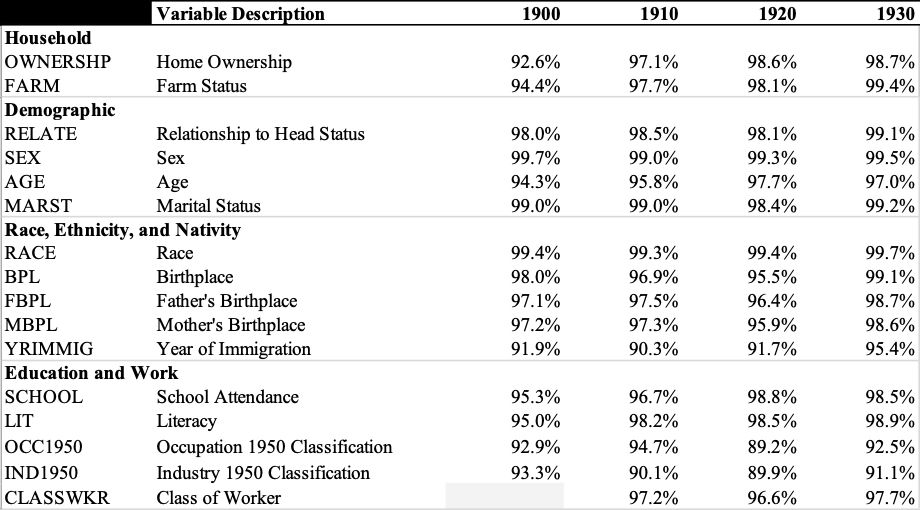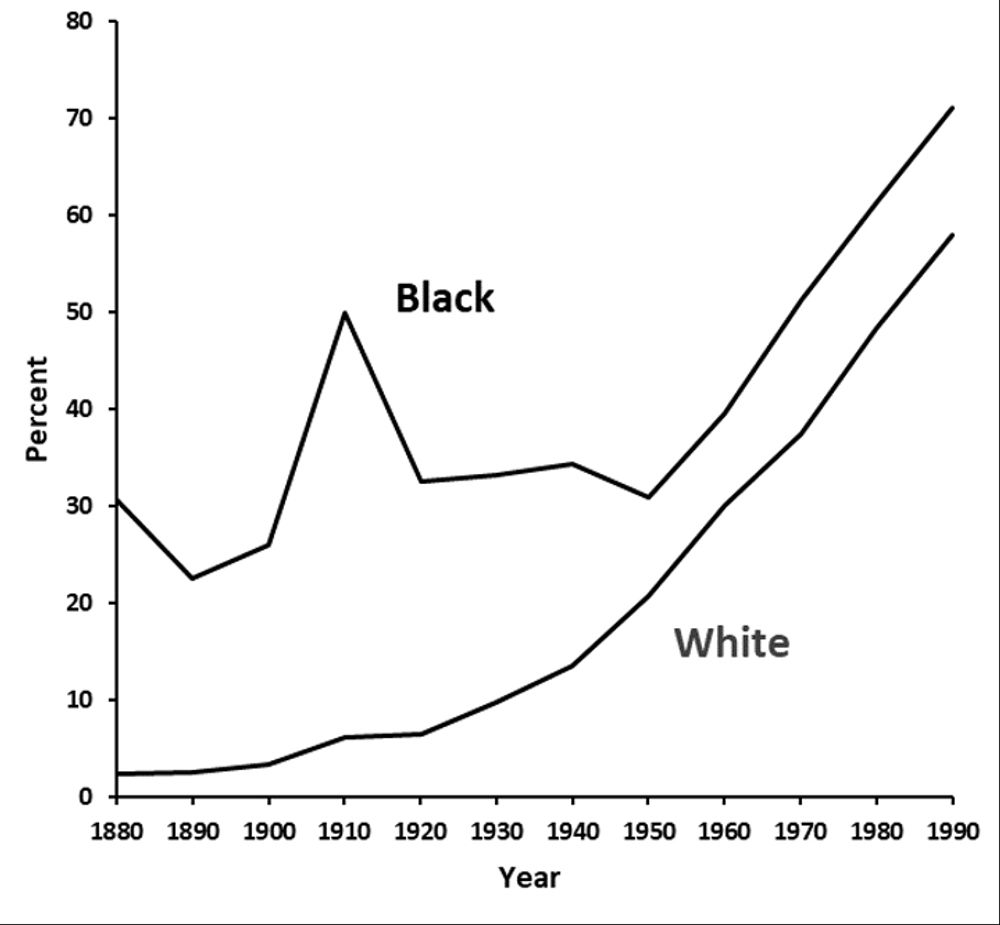
Each linked dataset uses different sources and approaches for record linkage.
Consider source material used for linking, methodological biases, accuracy, and representativity to determine which linked dataset is appropriate for your specific research question.

Each linked dataset uses different sources and approaches for record linkage.
Consider source material used for linking, methodological biases, accuracy, and representativity to determine which linked dataset is appropriate for your specific research question.
Married women experienced life cycle of kin beyond the household. Younger married women lived closest to siblings (own or husband) & husband’s parents. By age 60, shifts to living near children and their own siblings. Kin propinquity rate ⬆️ ~60% when accounting for both familial lineages.

Married women experienced life cycle of kin beyond the household. Younger married women lived closest to siblings (own or husband) & husband’s parents. By age 60, shifts to living near children and their own siblings. Kin propinquity rate ⬆️ ~60% when accounting for both familial lineages.



Comparing published counts w/ microdata a good data quality check but numbers will not match exactly.

Comparing published counts w/ microdata a good data quality check but numbers will not match exactly.
The first errors occurred more than 100 years ago as respondent error or enumerator error. Basically someone provided the wrong information or the enumerator recorded/interpreted the information incorrectly.

The first errors occurred more than 100 years ago as respondent error or enumerator error. Basically someone provided the wrong information or the enumerator recorded/interpreted the information incorrectly.


